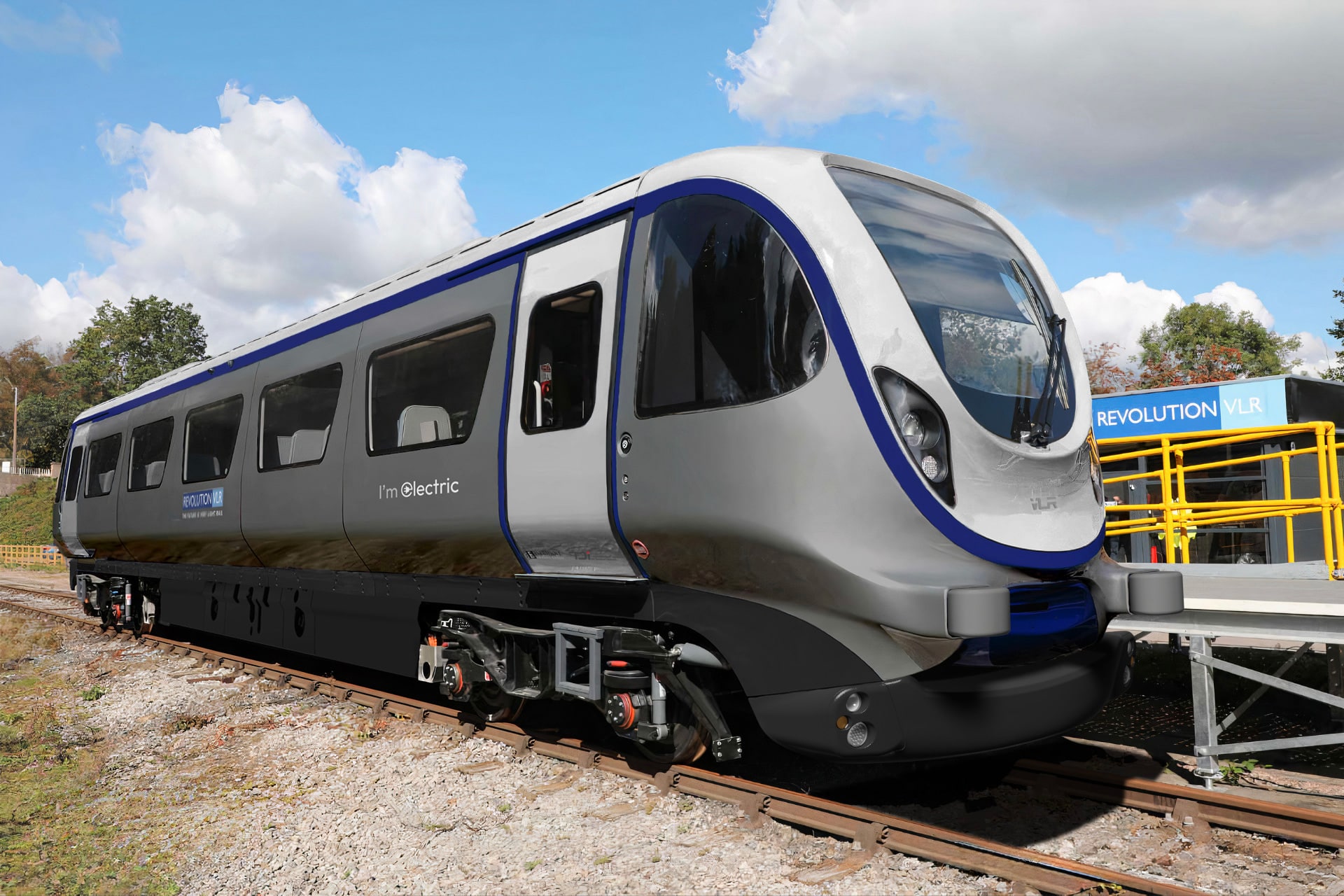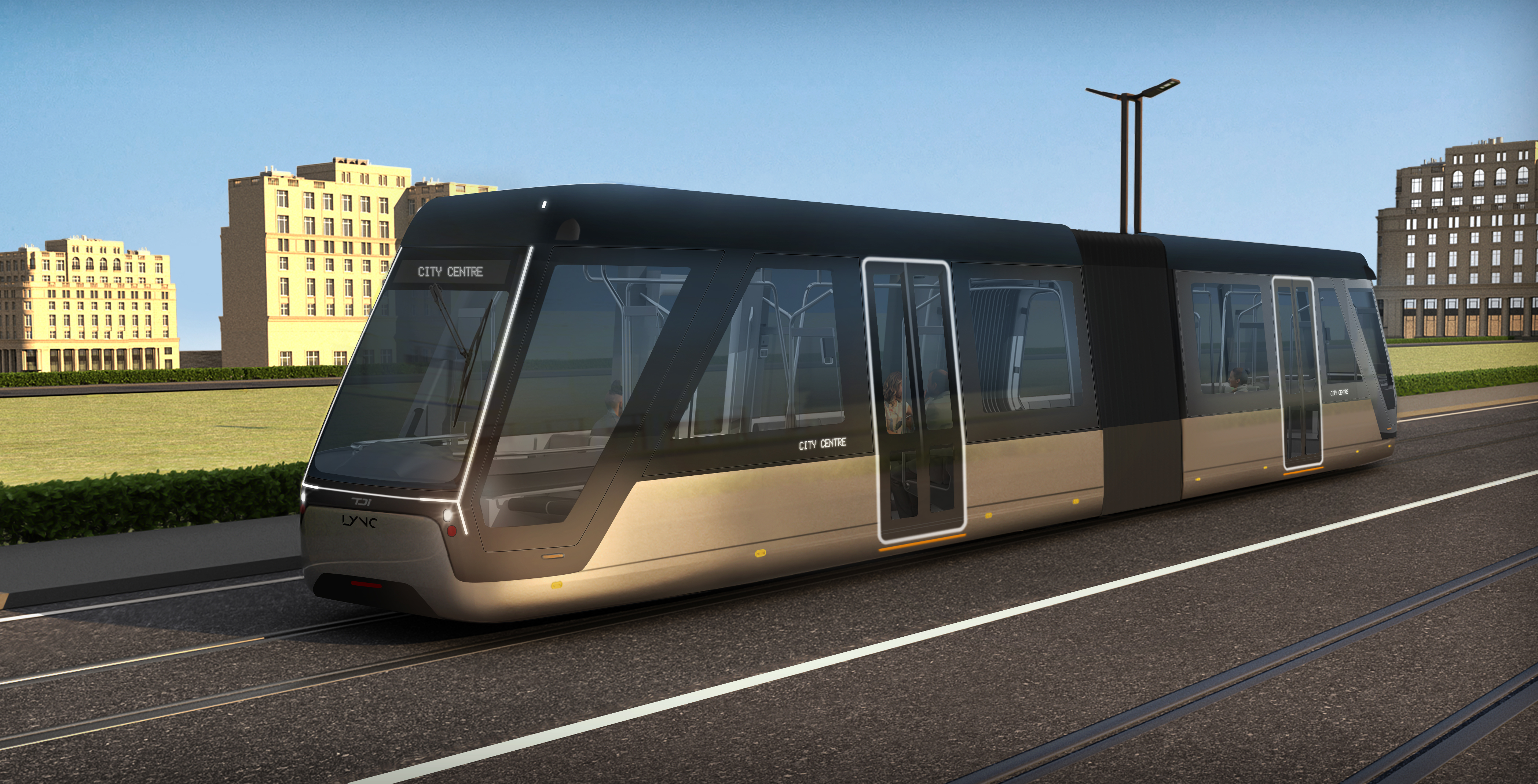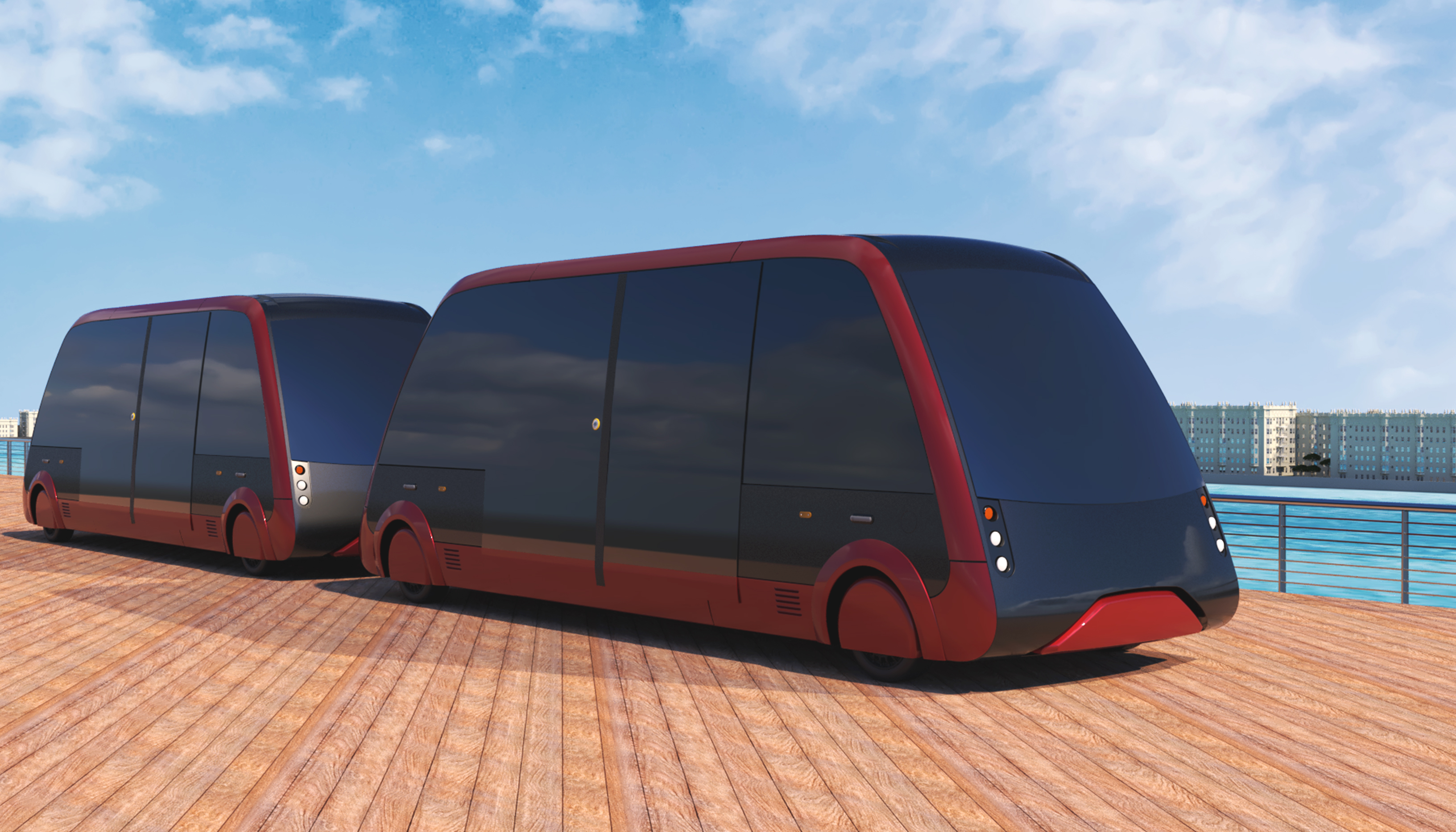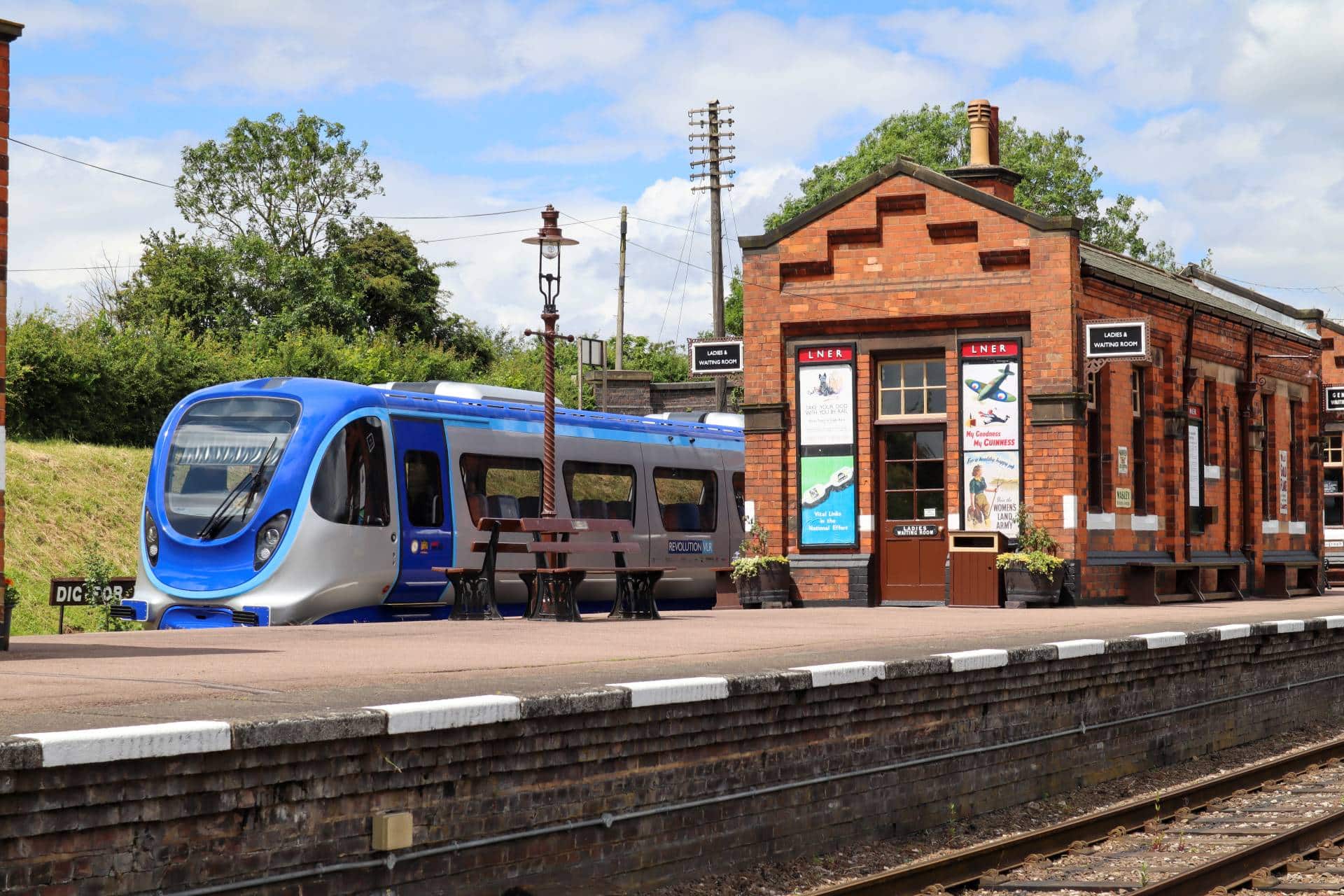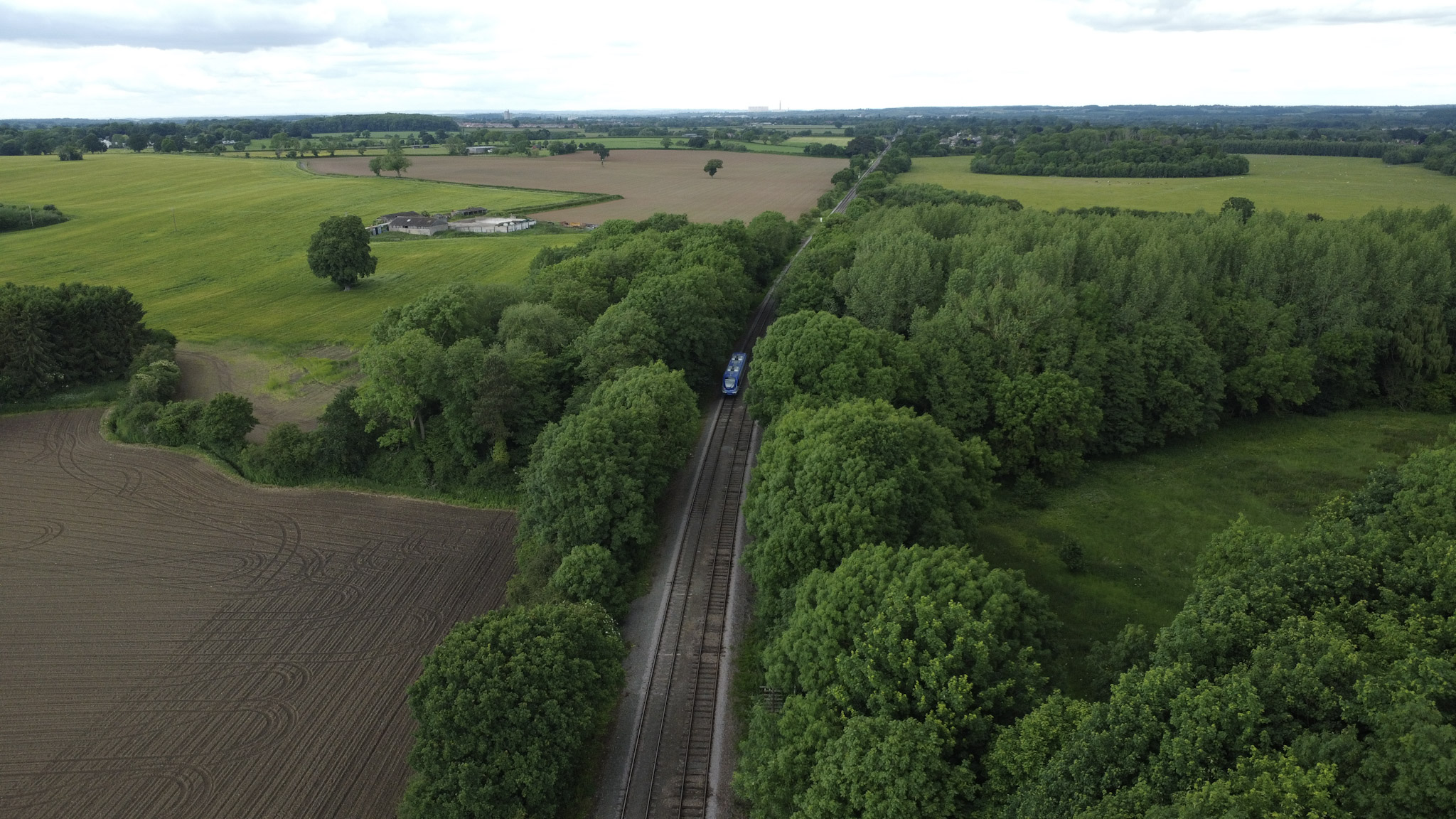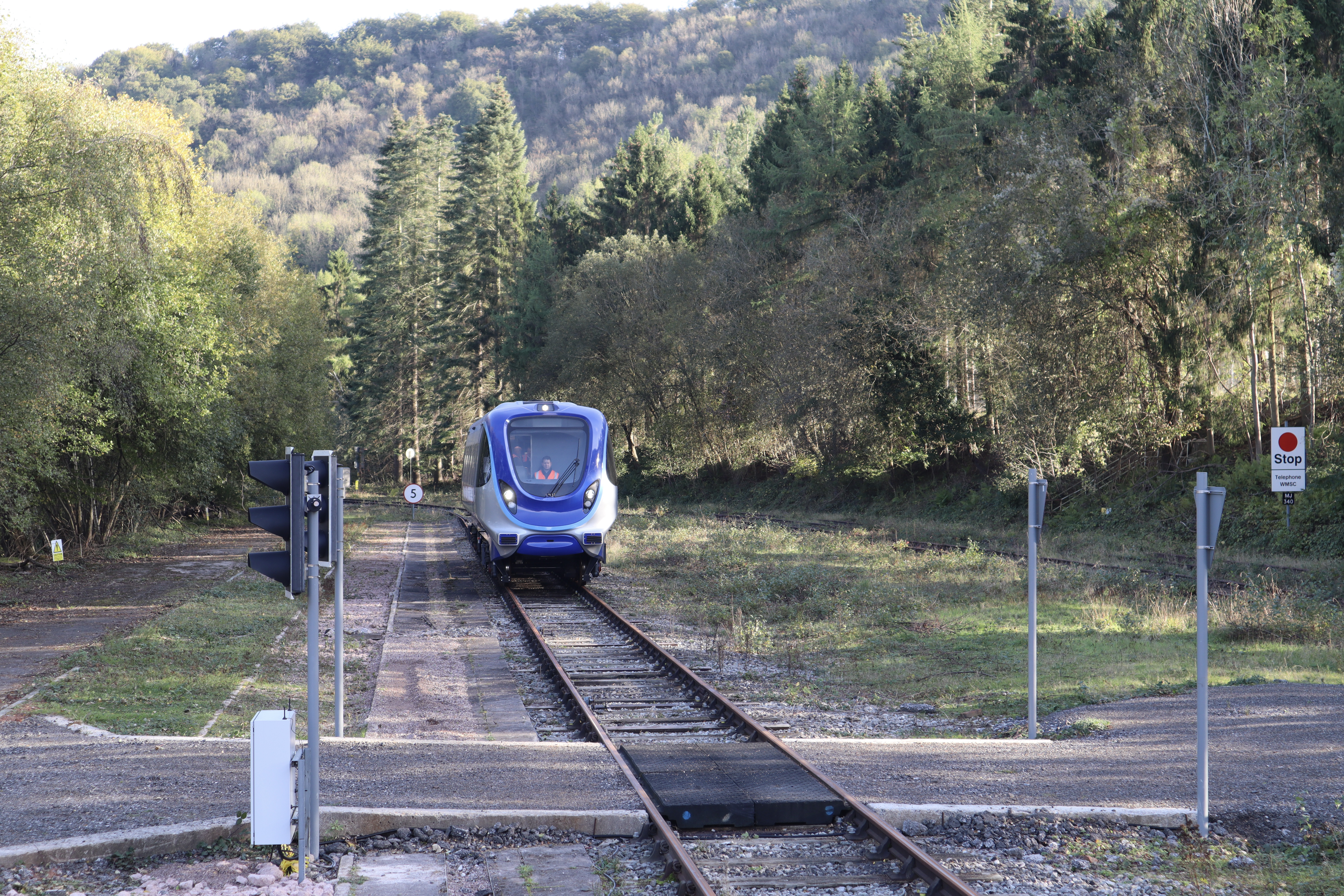In a fast-changing transport landscape, cities and regions around the world are looking for smarter, cleaner, and more cost-effective ways to connect communities. As urban populations grow, sustainability targets tighten, existing infrastructure becomes outdated, and government budgets continue to be restrictive, traditional rail solutions are no longer always the best option—especially in less densely populated areas.
To explore how Very Light Rail (VLR) technology is emerging as a transformative solution, we sat down with two leaders driving this innovation forward: Sam Sharp, International Commercial Director at Transport Design International (TDI);—the UK-based pioneer of VLR—and Nate Asplund, President, Pop-Up, Metro, a long-standing global player in the rail industry and recent partner in scaling VLR internationally.
The Problem: Why Traditional Rail Needs a Rethink
“Cost and time is the main issue,” Nate Asplund states, “Traditional heavy and light rail solutions have become unaffordable in many regions—particularly in suburban and rural areas with lower population densities. The Revolution Very Light Rail (RVLR) vehicle offers a way to deliver service at up to 80% less cost, and in a matter of months rather than decades.”
Sam Sharp echoes this sentiment as well, “The pressure is mounting from all sides for more affordable and sustainable rail systems. Cities are navigating tighter budgets, net-zero mandates, and evolving passenger expectations. They need transport solutions that are scalable, flexible, and quick to implement—without the need for a complete infrastructure overhaul.”
The Solution: What Makes Very Light Rail Different?
VLR is not simply a smaller version of existing rail systems—it’s a reimagination of how public transport can function in the 21st century. Asplund explains: “Very Light Rail adopts a lightweight design philosophy which maintains high safety standards while lowering operational and maintenance costs. The vehicles’ advanced battery propulsion systems allow for longer ranges, and their lightweight design means less track wear and tear for reduced maintenance and lower refurbishment costs—making them ideal for reactivating underused rail corridors.”
Sam adds, “Our VLR solution is designed with modularity in mind, this means that everything from platforms to charging points can be rolled out faster and with far less disruption. It enables faster deployment, lower lifetime costs, and the kind of agility urban and rural planners need today.”
International Interest in VLR
Globally, the appetite for VLR is growing across both mature and emerging markets. Sharp points to interest in Asia, the Middle East, and North America, where governments are looking for affordable, sustainable ways to enhance transit access—especially in suburban zones and secondary cities. “Regions like Africa are particularly exciting,” he adds, “VLR offers a cost-effective way to expand transport networks in places where traditional rail is often financially out of reach.”
RDC has already taken steps to bring VLR stateside. “We merged our mobility affiliate, Pop-Up Metro, with TDI earlier this year, ” Nate shares. “This gives us the capability to deploy VLR in the U.S., while our international experience opens up opportunities in Europe, Latin America, and Africa as well.”
Reconnecting Communities Through Smart Mobility
VLR isn’t just about technology—it’s about providing better access and improving social mobility for local communities. Both Sharp and Asplund emphasise the role of VLR in reconnecting isolated or underserved communities to support wider economic growth in local areas.
“Rail has always connected people to opportunity,” says Nate. “VLR continues that legacy by offering a scalable option for communities that lost rail links decades ago. It enables workforce mobility, better access to services, cuts reliance on diesel vehicles, and does all this sustainably and quickly.”
Sam agrees, noting, “It’s about empowerment. When rural or suburban communities gain access to reliable, clean transport, it drives local economies, improves quality of life, and helps reduce social and geographic inequalities.”
Looking Ahead: A Global Future for VLR
As governments invest in decarbonisation and greener mass transit systems, VLR is poised to become a key player in the future of public transport. For TDI, the focus is on strategic partnerships, global expansion, and continued innovation.
Sam comments, “We’re actively engaging with transport operators, research institutions, and government stakeholders to scale VLR internationally. The key now is to ensure that decision-makers globally understand the distinction between light rail and very light rail because the differences are significant, especially when it comes to cost, deployment time, and flexibility.”
As rail continues its rejuvenation in the era of green transport, Very Light Rail is carving out a new space within rail for a more agile, affordable, and sustainable solution. With companies like TDI at the helm and global partners like RDC on board, VLR is poised to change the way we think about public transport, one lightweight track at a time.
Subscribe to our newsletter and stay connected with TDI or follow us on LinkedIn.
For more information on Very Light Rail – https://transportdesigninternational.com
For all media inquiries, please contact TDI at press@tdi.co.uk.
